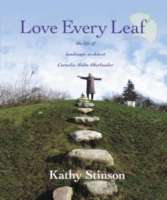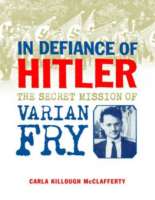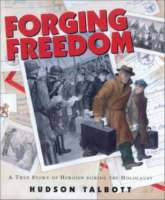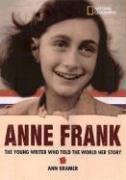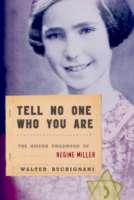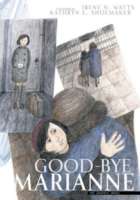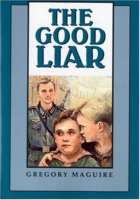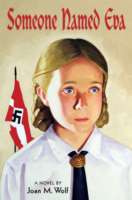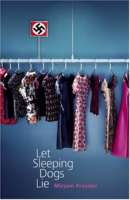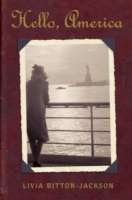
The year is 1951 and eighteen-year-old Elli and her mother arrive in New York City. Finally they can leave behind bitter Holocaust memories and become real Americans! From office filing all day, to the challenge of night school, to interpreting the intentions of Alex, a handsome and persistent doctor, Elli soon finds learning English is only half as hard as “making it” in this new world. Against a backdrop of soda shops, skyscrapers, and subways, acclaimed author Livia Bitton-Jackson fuses old-world tradition and modern dreams, in this vivid kaleidoscope of immigrant America.

